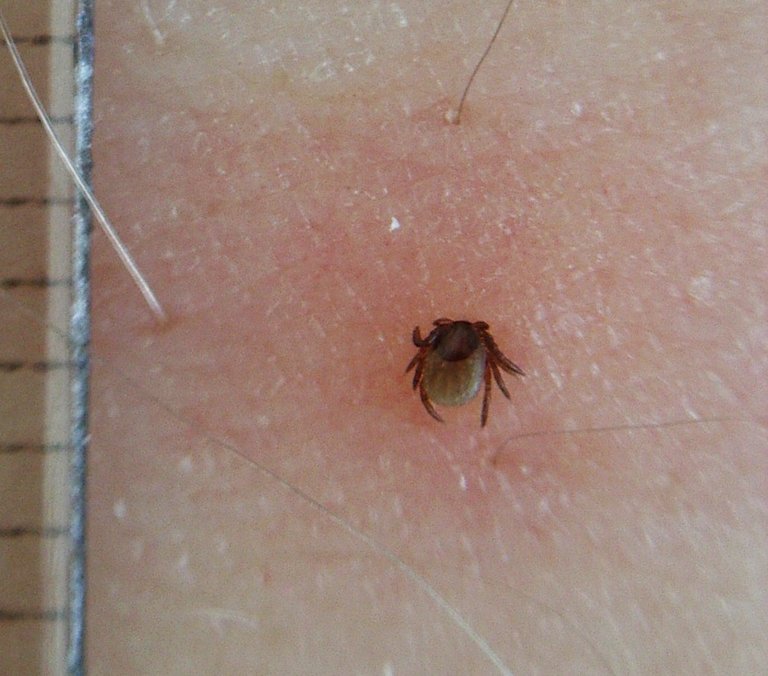Ticks are one of the most serious problems that dogs have to deal with now and then, and apart from the discomfort they cause, they also create very serious dangerous effects on the body of the animal.
Credit

Tick-borne diseases are the dangerous effects of a tick bite, this tick has been infested by a pathogen, and when it bites a dog, the pathogen is transmitted into the body of the dog too. Most of the pathogens are zoonotic, which means they can infest humans too.
Humans and dogs cannot transmit the infection amongst one another, it has to be directly from a tick bite for either of the parties involved. The time of feeding required for the transmission of the disease to take place is dependent on the type of tick and the disease agent.
Different types of ticks and the nature of infection they carry and spread vary depending on rainfall, climate, and weather conditions, this is the reason why experts believe that tick-borne diseases remain a dynamic and ongoing process.
Some of the conditions transmitted by tick are; tularemia, Lyme disease, anaplasmosis, rocky mountain spotted fever, babesiosis, tick paralysis, spotted fever, powassan virus, and Colorado tick fever. It may not be easy to notice the attachment of a tick to the skin except they have been there for a while, and this is because of how small they are in size.
Once a tick bites a human, it either has no negative effect or it comes with a bundle of them. When that happens, these symptoms are usually noticed, headaches, tiredness, skin rash, chills, fever, and irritation.
Ticks find their host when through the smell of an animal's breath or body odor, sensing moisture, vibrations, and body heat too. Some tick species even recognize the shadow of their hosts(isn't that hilarious)? Ticks neither can jump nor fly, but they wait in a position called Questing.
Credit

It is through feeding that pathogens are transmitted and here is how it happens;
The process of preparing to feed can take from 10 minutes to 2 hours depending on the tick species and its stage of life. When a feeding spot is found, the tick grasps the skin and cuts into the surface.
The tick then inserts its feeding tube which could have barbs that would help keep the ticks in place. Ticks also secrete saliva in a small amount, which contains anesthetic properties, this way, the animal or person wouldn't feel the attachment of the tick on their skin.
Ticks can continue to suck from minutes to days depending on the specie. After a feeding episode, most ticks would be ready to drop off and then prepare for the next stage of life.
Thanks for your contribution to the STEMsocial community. Feel free to join us on discord to get to know the rest of us!
Please consider delegating to the @stemsocial account (85% of the curation rewards are returned).
Thanks for including @stemsocial as a beneficiary, which gives you stronger support.
I believe that these bloodsucking parasites are, in addition to being annoying, dangerous as disease vectors.
!BBH !ALIVE
Very dangerous, I tell you.